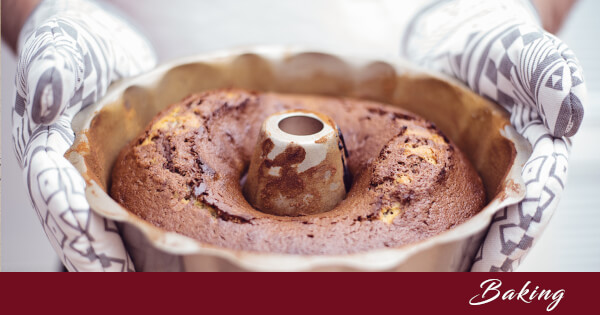National Candy Day is celebrated on November 4.
Did you know…
- The word candy first showed up in the English language in the late 13th century. It came from the French cucre candi, which came from the Persian’s Qand and Qandi, meaning cane sugar.
- America saw candy made with sugar for the first time in the 18th century.
- Candy was originally used as medicine. The wealthy—the only ones who could afford it—used it to ease sore throats and calm stomachs.
The Beginning
Once upon a time, there was a family who made the fateful decision to sail from England to America and start a new life. While the family made it across the Atlantic, they lost all their worldly possessions in a shipwreck. The family arrived in Salem, Massachusetts, destitute, and probably questioning the wisdom of their move. How would they survive?
The Gift
You know the old saying about teaching a man to fish rather than just giving him a fish? Well, the family’s Salem neighbors practiced that advice. Learning that Mrs. Mary Spencer made candy, they gave her a barrel of sugar. In 1806, thanks to this generous and, for that time, expensive gift, America’s first candy company, Salem Gibralter, was born.
Mary made and initially sold her candy, Gibralter, on the steps of Salem’s Old First Church. Soon, though, storekeepers were hanging signs, announcing they carried Gibralters. The candy’s immense popularity and profitability allowed Mrs. Spencer to buy a wagon and branch out, selling her candy in Salem and surrounding towns.
Did you know…
- Because of Gibralter’s popularity and Salem’s sea-faring background, the candy became known around the world. Sea captains wouldn’t sail without a case of the candy onboard!
- Gibralter is the first candy to be commercially produced and sold in America.
Candy vs Title
When Mary passed away in 1835, her son Thomas shocked the locals by having her body embalmed and buried in a metallic casket. The reason for this unexpected—and far from usual—action became clear when Thomas inherited an English title and fortune. He packed up his family, including his mother, and moved back across the Atlantic. Before he left, though, he sold the family candy business to neighbor and local Salem confectioner, John Pepper.
Did you know…
- John Pepper is credited with creating the candy, Black Jack. It is speculated, though, that John and Thomas worked together to develop it.
- Black Jack, made from black-strap molasses, was created for more masculine tastes, providing an opposite to Gibralter, believed to be feminine-looking and tasting.
- Black Jack was the first stick candy produced and sold commercially in America.
Family and Candy
For two generations, John Pepper and his family successfully made and sold Gibralter and Black Jack candies. The business grew and moved from Salem to Peabody. Management eventually passed from John to his son, George. Then, in the late 1800s, George Pepper hired another George to work for him.
George Burkinshaw began as an assistant candymaker, learning the craft from his boss. He fell in love with a candy packer named Alice and married her. Together they purchased the candy company, including the recipes for both Gibralter and Black Jack candies.
The Proof
George and Alice’s one child, son George Jr., didn’t work exclusively for the company. According to a family story, in his last days, the elder George lay in the hospital and worried. Not because of his failing health, but because he was afraid the Gibralter and Black Jack candies would die with him. George, Jr. did the only thing he could think of to comfort his father. He proved he could make the candies by cooking up a batch of each—it took him all night—and presenting them to his father the next morning.
Today, Ye Olde Pepper Candy Companie still exists, owned and operated by the fourth generation of Burkinshaws. It’s continued to grow, adding chocolates and fudges to the product line, and has come full circle, returning to Salem where Gibralter candy first began almost 220 years ago.
Sweet End
Though the company’s name and ownership have changed over the years, Gibralter candy has not. It is made and wrapped in the exact same way as originally done by Mrs. Mary Spencer when she sold it from a pail on the church steps.
According to the company website: A Gibralter is a hard piece of candy whose origins date back to 1806. It is made of sugar, water, cream of tartar (an emulsifier), and either oil of lemon or oil of peppermint. They have only ever been made in those two flavors. When it is made a majority of the batch is pulled like a taffy in order to aerate the candy. This is what gives the Gibralter its signature melt-in-your-mouth texture, as well as its chalky-white color. A small portion is left un-pulled and stays clear and shiny. We use this to make a stripe across the center of the candy. It is then stretched across a long table and cut with large scissors into diamond-shaped pieces.


Trackbacks/Pingbacks